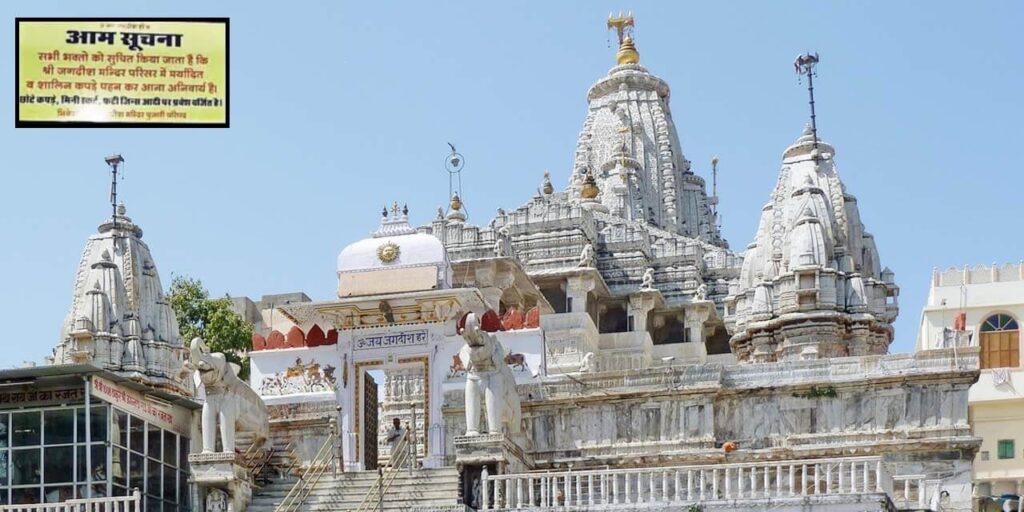
Recently the management of the 400-years old Jagdish temple in Udaipur put up a notice that devotees are required to wear modest (maryadit) and decent (shaleen) clothes while visiting the temple and short clothes, miniskirts, and torn jeans are not permitted. The city’s Dharmotsav Samiti said that they only wanted Hindu culture to be followed. The Pujari Parishad of the Jagdish temple said that they could make available even changing rooms for those who came wearing indecent clothes. The Charbhuja temple and Bohra Ganesh ji temple in Udaipur have also been enforcing a dress code.
Can a government interfere in such matters?
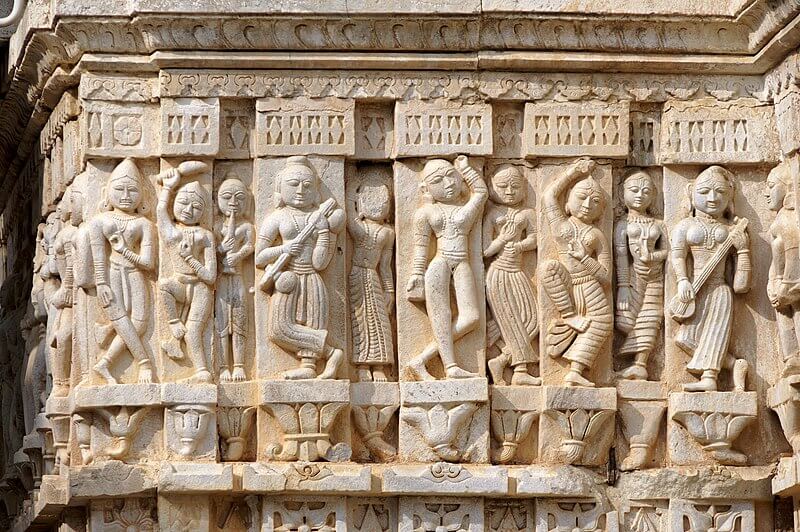
A team of the state government’s Devasthanam department reportedly asked the temple authorities to take down the notice on the plea that they had put it up without informing the department.
The simple question is what was the necessity of the state government to interfere in this matter? What is wrong with the notices? The notice does not encroach upon anyone’s right to visit the temple. Not a single person had complained that he or she was denied entry.
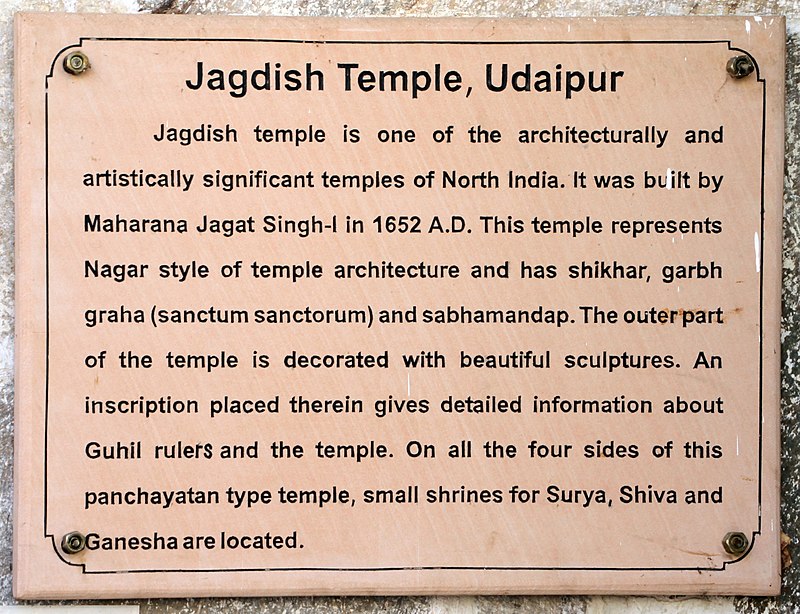
I do not wish to deviate from the main theme by going into the much-debated anomaly of governments’ control of Hindu temples while mosques and churches remain autonomous. It was reported in April this year that the MP government had decided to free temples from government control but hurdles remain elsewhere.
My simple point is how can insisting upon ‘decency and modesty’ in a Hindu temple become an offence in this Congress-ruled state? Why should such a simple thing require government permission? Which law is violated by the notice? Are Hindus not allowed to maintain even the sanctity of their places of worship?
Dress code exists in many other temples in the country
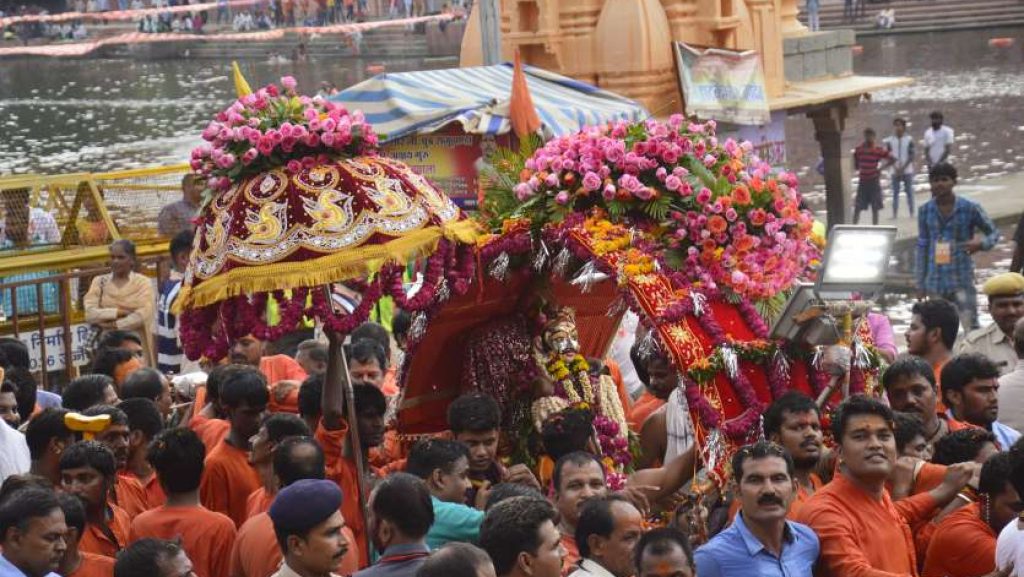
Since June this year, Maharashtra Mandir Mahasangh’s code against ‘indecent’ clothing has been adopted by 131 famous temples and shrines in the state. They spoke of revealing, short-fitting or tight clothes and garments that are torn. Sunil Ghanwat, the coordinator of the Maharashtra Mandir Mahasangh, rightly said that the sanctity of any place of worship must be maintained and that this is not conventional tourism.
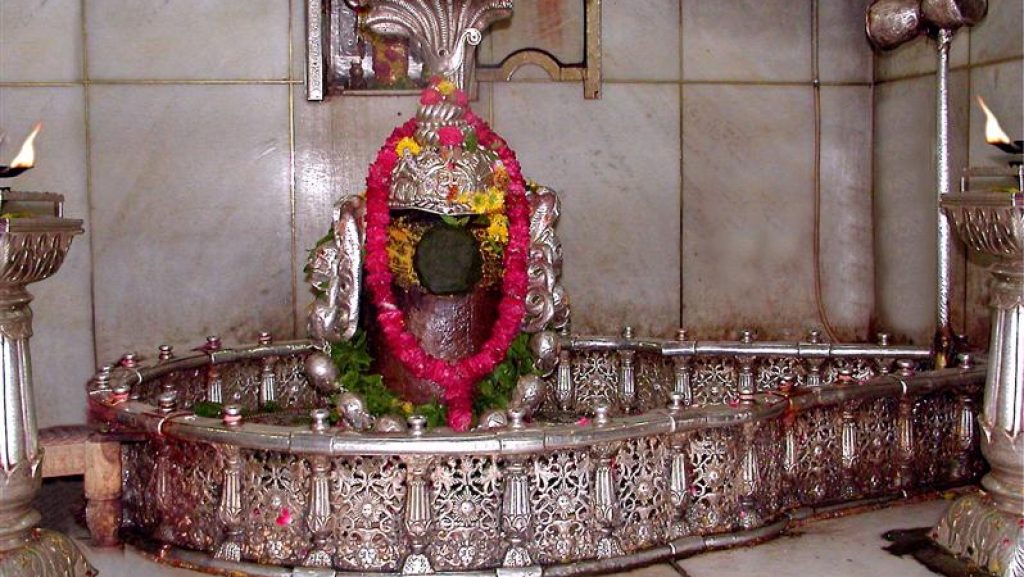
The Mahakal temple in Ujjain has had a dress code for ages. Men have to wear a traditional dhoti and women must wear a sari. Most famous temples in Kerala and Tamil Nadu also have such codes and they do not relax it even for visiting dignitaries from other nations.
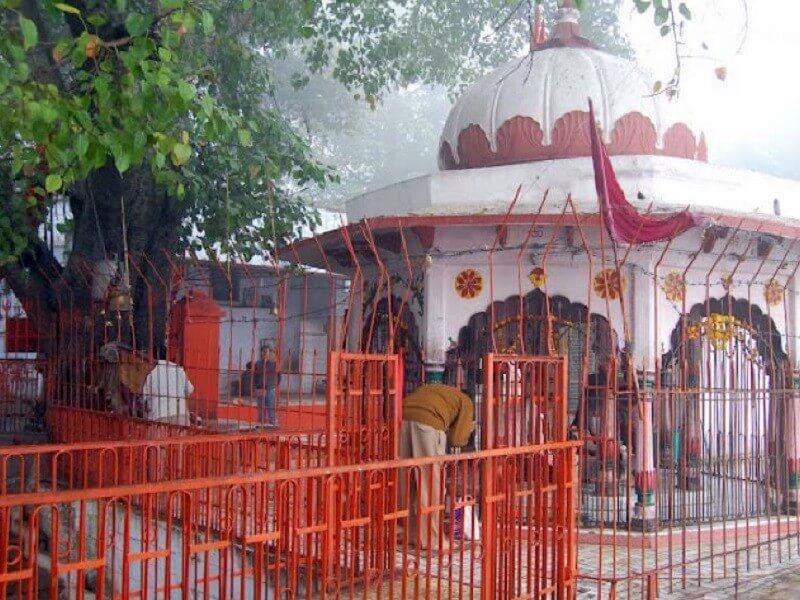
Other temples that have imposed dress codes in the recent past include Mankameshwar Temple, Prayagraj; Shri Radha Damodar Temple, Mathura; Shri Balaji Maharaj Temple, Muzaffarnagar; and Shri Gilharaj Ji Temple, Aligarh. In June, a Jain temple in Shimla banned the entry of devotees wearing ‘indecent’ clothes.
The basic argument in all of them is that the temple is a sacred place, and the devotees must strive to preserve the dignity of the place. The concerned governments have not objected.
The issue is not the dress per se but its effect on others
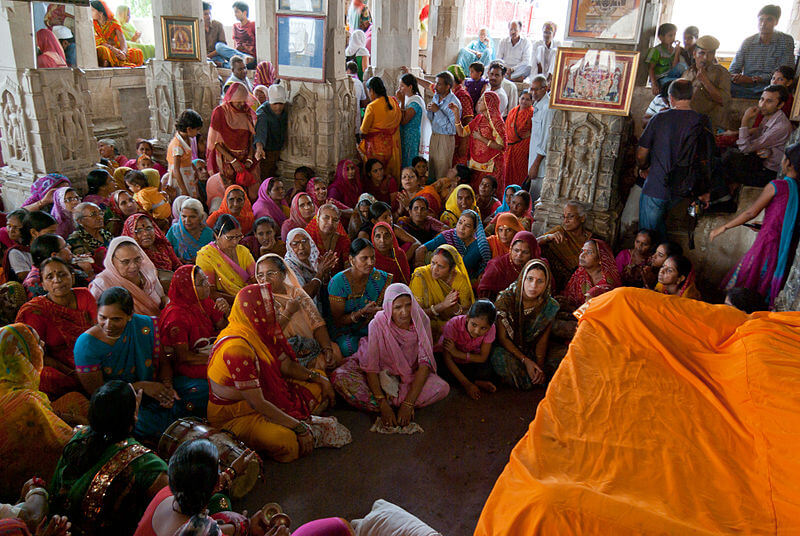
When a dress code is evolved or imposed for a public religious place, it is as much for the sake of religious sanctity as it is for its effect on other devotees. If it is your personal place of worship in the privacy of your home, you are at complete liberty to wear anything or nothing at all. It is between you and Bhagwan. If He does not mind, no issue; if He minds it, it is your problem. However, when you are in a public place, you are under an obligation to be considerate of the sentiments of others. There cannot be any dispute that short or revealing clothes produce feelings of prurience in males.
Lest I be misunderstood, I must hasten to clarify that I am not making any comment at all on the right of men or women to wear whatever they like. They are obviously free to wear whatever pleases them. However, I am invoking the question of propriety in a public place of worship.

The word prurient, according to Webster’s dictionary, means ‘marked by, arousing, or appealing to an immoderate or unwholesome interest in sexual desire. Prurience is the quality or state of being prurient.
In the UK in 1868, the test of obscenity was first laid down in the case of Regina vs. Hicklin. They spoke of the potentiality of the thing in depraving and corrupting the minds through its immoral influence. Lord Justice Cockburn also spoke of suggesting ‘thoughts of most impure and libidinous character’. In 1973, the United States Supreme Court in a landmark judgment in the case of Miller vs. California also spoke of “the average person, applying contemporary ‘community standards’” and whether he would find the matter in question, taken as a whole, appealing to the prurient interest.
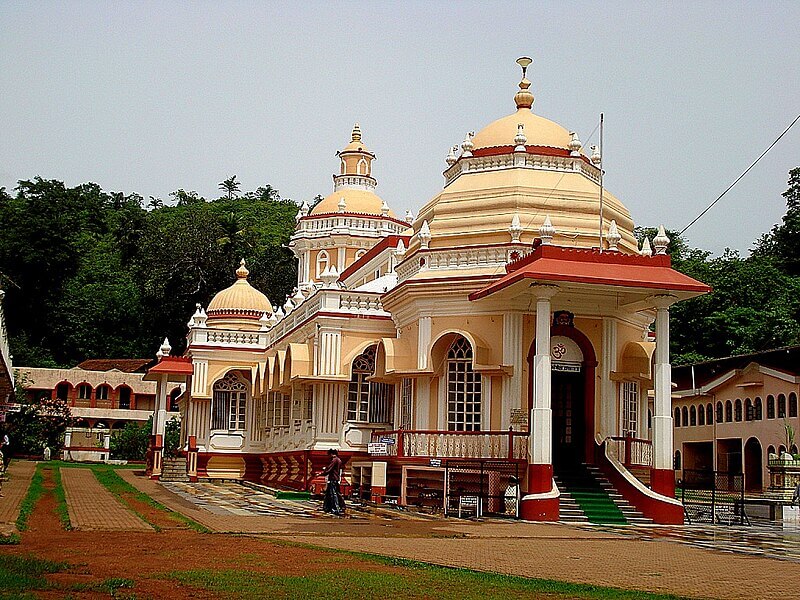
The Indian judiciary adopted the British “Hicklin Test” following the “harm to others” principle in several cases to maintain a synthesis between law and morality. In the landmark case of Ranjit D. Udeshi vs. the State of Maharastra, the Supreme Court spoke of depraving by exciting sexual desires and lascivious thoughts. In the case of C. K. Karodkar vs. the State of Maharashtra, the Supreme Court spoke of whether it would arouse impure and lecherous thoughts in their minds.
In the instant case, we are not dealing with those yogis who could have conquered ‘Kaam’ or sexual desire and thus immune to any such influence; we are dealing with mere mortals. For that matter, even Maharshi Vishwamitra’s ‘tapasya’ was broken by the sexual charms of Menaka!
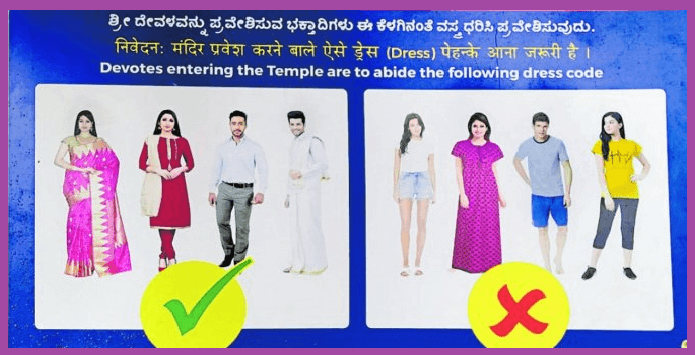
Now, for God’s sake, let us be intellectually honest. What feelings, thoughts, or emotions are aroused in a man when he sees a voluptuous woman dressed in a tight T-shirt and mini skirt inside a temple? Is he overcome by a gushing of bhakti, kindness, generosity or noble emotions like that? Will he be able to continue focusing his attention on Bhagwan? Let us be honest with ourselves. It arouses prurience; nothing but sexual desire. They are civilized, law-abiding people and they may not start whistling, catcalling or trying to jostle and touch them inappropriately. However, we are talking of the effect on their minds.
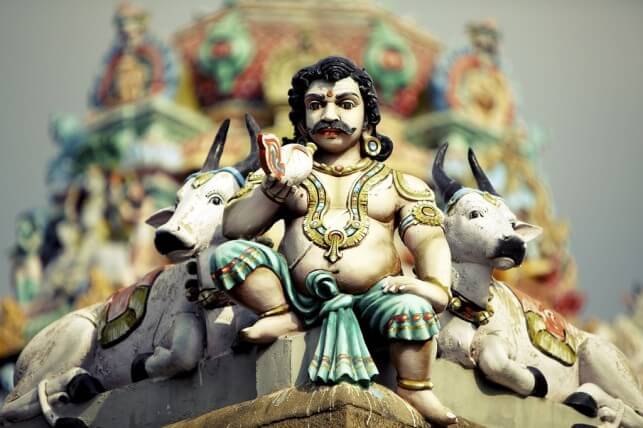
Now prurience in a place of worship is a potent distraction. The dress code only wants to avoid that distraction. We want that devotees, who have gone for the ‘darshan’ of Bhagwan, should be thinking of Bhagwan, the great character of his avatar, his ideal qualities and so on. We certainly do not want their attention to drift to matters sexual. Why spoil their precious moment of bhakti? We are not questioning the right of a man or woman to wear what he or she wants. However, we are applying the same ‘balance of law and morality’ for temples that the Apex Court has spoken of in connection with its view on obscenity.
The question of religious sanctity

I will explain this point with another example. The Hindu religion does not demand that devotees going to a temple must furnish any affidavit that they are vegetarians. It does not say that those who are known to be non-vegetarians shall not be allowed in a temple. Nobody would object if someone is found munching inside a temple. His mouth shall not be investigated!
However, there is a Lakshman Rekha. Suppose someone openly insists that he will eat meat inside a temple or shall carry a hamburger, for example, inside a temple. This will not be tolerated. If he has a temple in his home, he is free to eat meat there, that is, in the privacy of his home and no one can object. However, in a public temple where, in deference to Hindu culture and religious sentiments, people do not enter wearing even leather footwear made out of dead animals, his eating the meat of a dead animal shall not be tolerated. He has no right to trample upon the sentiments of others.

There are government orders in several religious towns that either completely ban the sale of meat and liquor etc. in the town or do not allow them within a certain distance (ranging from 100 meters to 250 meters) of the temples. The legality of such ban orders has been upheld by a Division Bench of the Supreme Court in the case of Om Prakash and others vs. the State of UP and others (2004). Now, why such orders are upheld? They are upheld because the open sale of meat and liquor etc. is not in keeping with the sanctity of the temples and banning them is necessary to ensure that the religious sentiments of the devotees are not hurt.
Dress codes in other religions have not been objected to
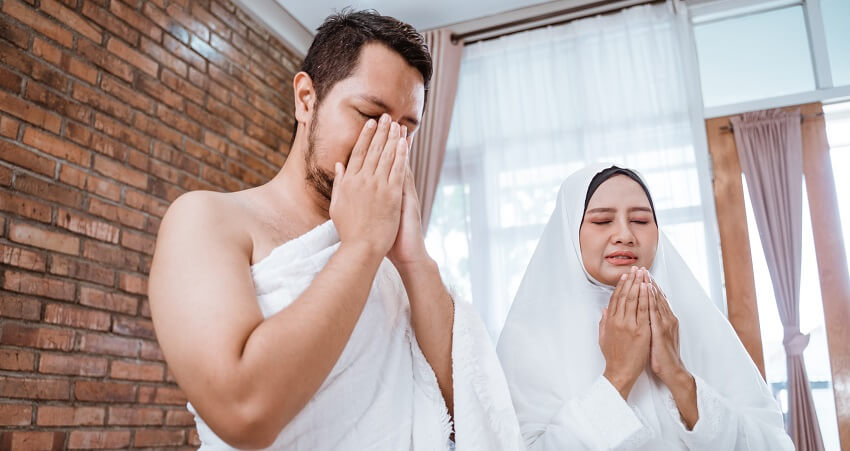
Muslims do not allow women to even enter mosques, forget about what could be wearing. A Muslim couple Yasmeej Zuber Ahmad Peerzade and Zuber Ahmed Peerzade, residents of Maharashtra, have, in fact, petitioned the Apex Court to declare the prohibition on entry of women inside mosques in the country as illegal and unconstitutional. At present, women are allowed to offer prayers at mosques under the Jamaat-e-Islami and Mujahid denominations but they are barred from mosques under the predominant Sunni faction, says the petition.
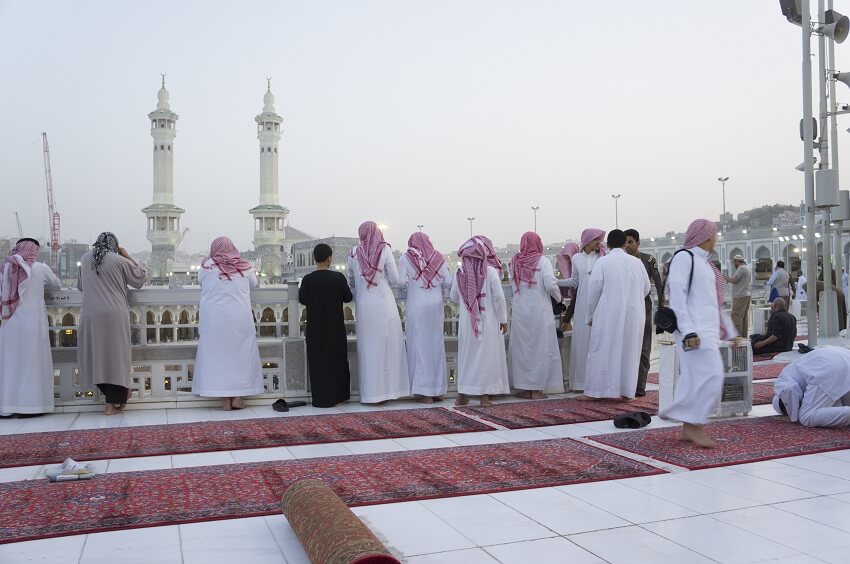
The petition also mentioned that in mosques where women are allowed, there are separate entrances and enclosures for worship for the two genders. To support their argument, the petitioners cited the Supreme Court judgement allowing the entry of women into Kerala’s Sabarimala Temple.
Also Read: The Turbonators
On November 14, 2019, the Sabarimala Review Bench went on to frame ‘larger issues’ concerning essential religious practices of various religions in addition to the Sabarimala matter. It clubbed other pending cases on subjects ranging from female genital mutilation amongst Dawoodi Bohras; entry of Parsi women who married inter-faith into the Fire Temple; and entry of Muslim women into mosques, and referred them all to a larger bench. On February 10, 2020, a nine-judge Constitution Bench of the Supreme Court upheld the decision of the Sabarimala Review Bench to refer these questions to a larger bench.

There are dress codes in the Vatican also. As a religious institution, they promote modest attire and the covering of skin. The dress code applies to both the Vatican Museums as well as to St. Peter’s Square and St. Peter’s Basilica. The basic code for both men and women is that they need to cover their knees and upper arms. They prohibit wearing shorts or skirts above the knee, sleeveless tops, and low-cut shirts. If you do not comply with the dress code the guards have the right to refuse you entry.
Political overtones in the Rajasthan government action

Congress leader Priyanka Gandhi Vadra had committed the same mistake of argument earlier. Commenting on the ongoing hijab issue in Karnataka last year before the HC had delivered its verdict, she had tweeted, “Whether it is a bikini, a ghoonghat, a pair of jeans or a hijab, it is a woman’s right to decide what she wants to wear.” Former Rajya Sabha MP and columnist Balbir Punj had rightly commented on it that rights are always subject to social norms, and vocational and institutional restrictions. Women do have the right to wear bikinis, but it would be unacceptable in a market, workplace or educational institution, even if not illegal.
By forcibly removing the aforesaid dress code notice in Udaipur, the Congress government in Rajasthan has essentially echoed what Priyanka Vadra had unwittingly spoken. They cannot fiddle with the sanctity of Hindu religious sentiments. It must be condemned and challenged in court.

